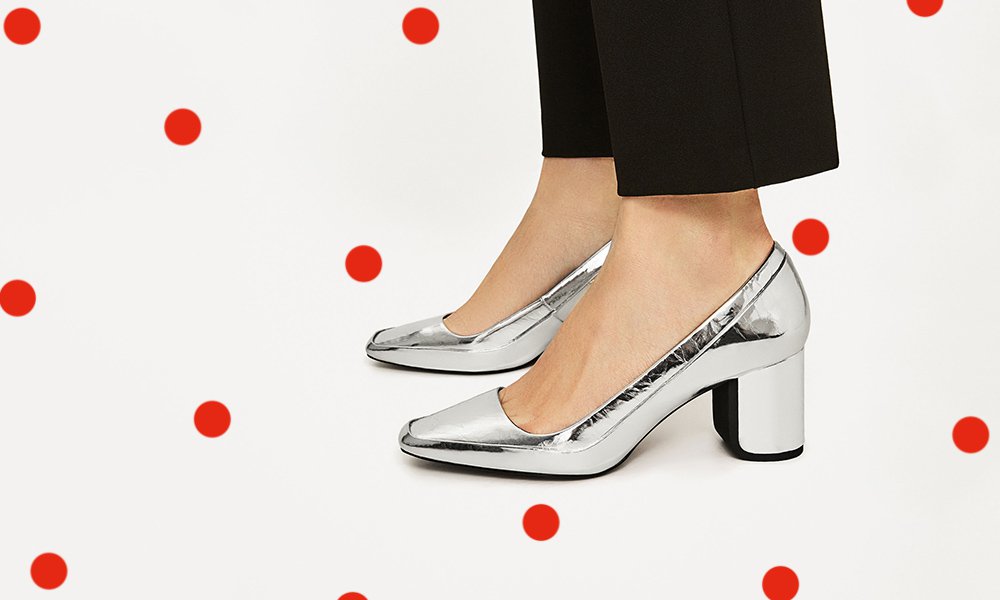What Is Calcaneal Spur?
A calcaneal spur is also called as a heel spur, it is a bony outgrowth from the calcaneal tuberosity. Heel spurs are typically detected by a radiographic examination which is commonly referred to as an “x-ray”.
When a foot bone is exposed to constant stress, calcium deposits build up on the bottom of the calcaneal bone. Generally, this has no side effect on a person’s daily life. Obese people, flat footed people, and also people who often wear high-heeled shoes are most susceptible to calcaneal spurs.
Symptoms of Calcaneal Spurs
Calcaneal spurs can be associated with intermittent or chronic pain especially while walking, jogging, or running if inflammation develops at the point of the spur formation. In general, the cause of the pain is not the calcaneal spur itself but the soft-tissue injury associated with it.
Many people describe the pain of calcaneal spurs and plantar fasciitis as a knife or pin sticking into the bottom of their feet when they first stand up in the morning a pain which later turns into a dull ache.
Pain and tenderness at the base of your heel are common symptoms.
Causes of Calcaneal Spurs
Calcaneal/heel spurs occur when calcium deposits build up on the underside of the heel bone, a process which usually occurs over a period of many months.
- Poorly fitted or badly worn shoes, especially those lacking appropriate arch support
- Excess weight and obesity
- Running or jogging, especially on hard surfaces.
Other causes associated with plantar fasciitis include:
- Frequent short bursts of physical activity
- Increasing age, which decreases plantar fascia flexibility and thins the heel’s protective fat pad
- Diabetes
- Having either flat feet or high arches
- Spending most of the day on one’s feet.
Home Remedies for Calcaneal Spur
1. Apple Cider Vinegar
Apple cider vinegar is a great natural remedy to treat calcaneal spurs. It helps pull out excess calcium from the area of a calcaneal spur, provides pain relief and reduces inflammation.
Cut out a piece of towel in the shape of your foot or heel and submerge it in apple cider vinegar. Place that soaked towel in your shoe and again wear it. Make sure to keep the towel moist entire the day. Follow this treatment for at least one to two weeks.
2. Ice Pack
An ice can be used to reduce calcaneal pain and use to control the inflammation and swelling associated with calcaneal spurs. It will also help relax the muscles.
- Freeze a bottle of water.
- Roll it under your foot/heel for 10 to 15 minutes.
- Do this as soon as you feel or get pain after a day of rigorous activity.
3. Baking Soda
Baking soda is another good natural remedy for calcaneal spurs. The crystals in baking soda will help you to reduce calcium deposits built up on the bottom of the heel bone. Plus, it will help you to reduce pain and inflammation.
4. Epsom Salt
Epsom salt can also help you to soothe your heels, giving you instant relief from pain. It also reduces inflammation.
- Put 2 to 3 tablespoons of Epsom salt in a tub/bucket of warm water.
- Soak the affected heel in the tub for 15 to 20 minutes.
- Gently massage your foot to alleviate pressure.
- Apply some moisturizer and go to sleep.
- Repeat this daily before going to bed.
5. Coconut Oil
Coconut oil is also good for calcaneal spur treatment. Being a natural moisturizing agent, it helps to soften the spur and relieves your foot pain. It also contains calcium which is required for healthy bone formation.
- Massage the affected area with warm coconut oil. Leave it on for 5 hours to get relief from pain and inflammation. Do this every day before you going to bed, to prevent discomfort in the morning.
- You can also take 1-2 tablespoons of extra-virgin coconut oil daily in the morning.
6. Flaxseed Oil
Flaxseed oil, also called as linseed oil, contains alpha-linolenic acid, a form of omega-3 fatty acid, which can help to reduce pain and inflammation. It can also lessen morning stiffness associated with calcaneal spurs.
- Heat ¼ cup of flaxseed oil in a bowl until it is warm.
- Dip a piece of cheesecloth into that oil.
- Place this cloth over the affected area and cover it with a piece of plastic.
- Put a heating pad over the plastic for 2 hours. During this time, avoid movement of any kind.
- Use this treatment daily once until you get relief from the heel pain.
These were few natural treatments for the relief of calcaneal spur pain. If you think that you are at risk for developing calcaneal spur, take special care of your foot by regular oil massages and also vitamin supplements.
Make sure to avoid wearing ill-fitting, tight or irregular footwear and shoes. Try using only joggers if you plan on walking or doing exercises. Sandals, heels, canvas shoes, or sling back shoes can be damaging to the sole and heel if rigorous activity is performed daily while wearing them. Maintain a healthy weight, and a diet rich in vegetables.

